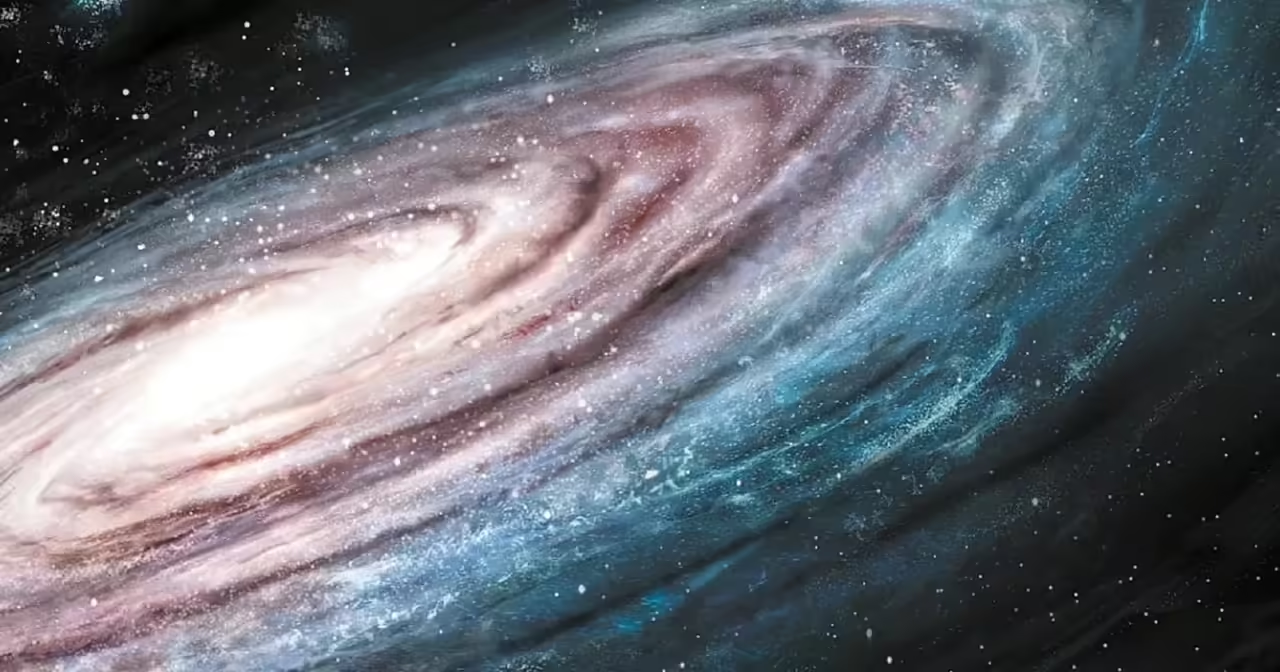
The galaxy we inhabit is called “The Milky Way”, although that sounds capital, because we only occupy a tiny invisible dot within it. An immensity full of planets, stars, asteroids, unsuspected worlds, solar systems dancing harmoniously illuminating everything in its path in the macrocosm. In this opportunity, we present some of “the mysteries of our galaxy”:
It possesses in its interior many other galaxies
The spiral shape of the galaxy was not like that from the origin. Thousands and thousands of years had to pass, in which the Milky Way galaxy swallowed other galaxies of smaller sizes and when it merged with several of these, the galaxy we know today was formed, although we know in quotation marks, because little is really known about what is beyond our atmosphere. At present, the galaxy named Canis Major is being absorbed by the Milky Way.
This Galaxy is as old as the Universe itself
According to scientific data, the Milky Way, although it has been forming slowly and gradually, is essentially as old as the universe, which according to calculations estimated from the ages of some suns, is about 13.6 billion years old, similar to the universe, with about 13.9 billion years.
It has about 100 billion planets
Astrophysicists are sure that this galaxy has at least 100 billion planets in its interior. Some of these have characteristics similar to those of the Earth and it is deduced that there are about a billion of them. Other kinds of planets are formed by gases, by rock and others even have atmospheres where it rains diamonds and other precious metals.
A recent investigation revealed that there are about 42 thousand stars very similar to our Sun, around which revolve about 40 billion planets with an orbit almost identical to the Earth in relation to the Sun and it is believed that there is easily a great variety of extraterrestrial life.
These planets, on which human races are expected to be found in the not so distant future, have been called the “Goldilocks zone”, since they are regions where the temperature is neither extremely warm nor freezing. It is sufficiently balanced for life to develop.
The Milky Way is moving at every moment
Just as this planet and the entire Solar System move, so does the galaxy. A cluster of planets revolve around a sun and that is our cosmic neighborhood, but several of those planetary systems in whose center there is a Sun, revolve in turn all around the great central Sun of the Galaxy, which is qualified by the experts as a super black hole. At the same time, groups of galaxies revolve around a sun of enormous proportions, forming sets of galaxies that move in space by the action of radioactive microwave waves that were left wandering around after the Big Bang explosion.
The local group of galaxies of which we are part, moves at an estimated speed of 600 kilometers per second, which is equivalent to about 2’200,000 kilometers per hour. At this moment, where we are standing or sitting, we are not even a microbe in comparison with that immensity and therefore, it is impossible to perceive that mega-speed even in the slightest degree.
It has more than 200 billion stars
Science estimates that there are about 300 to 400 billion stars in the entire Milky Way. On a night when it is completely dark and the sky is totally open and clear, it is possible to enjoy the magical panorama of this galaxy. It is possible to observe one of its arms, although from Earth it is only possible to see 2,500 of those 400 billion stars.
It is known that every second, one or several stars are disappearing in the Milky Way. Astrophysicists believe that for every Earth year, 7 new stars are formed in the galaxy.
It will crash into the Andromeda galaxy
Scientists predict that this is imminent in the future. The closest galaxy to ours is Andromeda and it is coming this way. It will be a light show like no other and in the end, the result will be the formation of an elliptical super galaxy.
The exact number of planets in the galaxy: Although it is estimated that there are hundreds of millions of planets in the Milky Way, only about 4,000 have been discovered to date.
The exact shape of the galaxy: Although the Milky Way is believed to be a spiral galaxy, this has not been confirmed because we are inside it.
The exact number of stars in the galaxy: It is estimated that there are about 100 billion stars in the Milky Way, but this number can vary significantly.
The amount of dark matter present in the galaxy: Dark matter is a form of matter that neither emits nor absorbs electromagnetic radiation, and its existence is only inferred by its gravity. The exact amount of dark matter in the Milky Way has not yet been precisely determined.
The possibility of the existence of a central supermass: The existence of a central supermass in the galaxy has been proposed, but it has not yet been confirmed and its existence and characteristics are unknown.
The existence of extraterrestrial life: Although there have been many searches for extraterrestrial life in the Milky Way, conclusive evidence of its existence has not yet been found.







